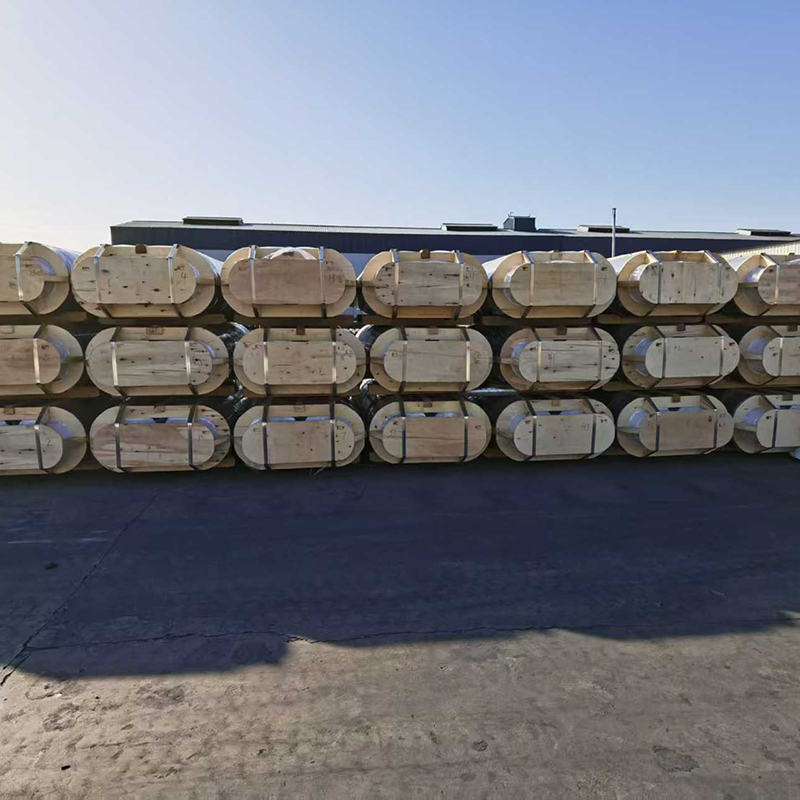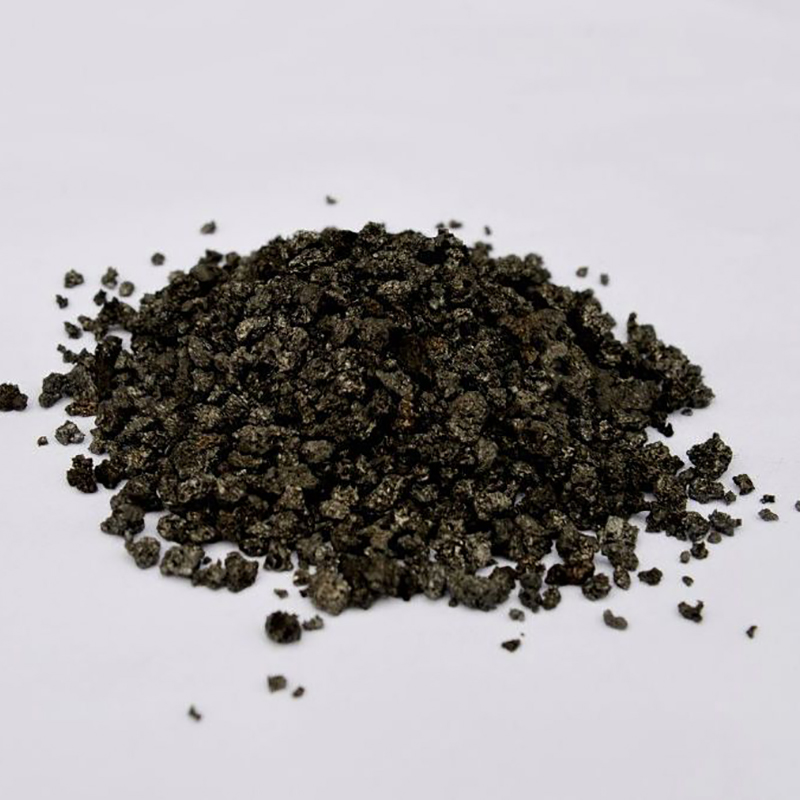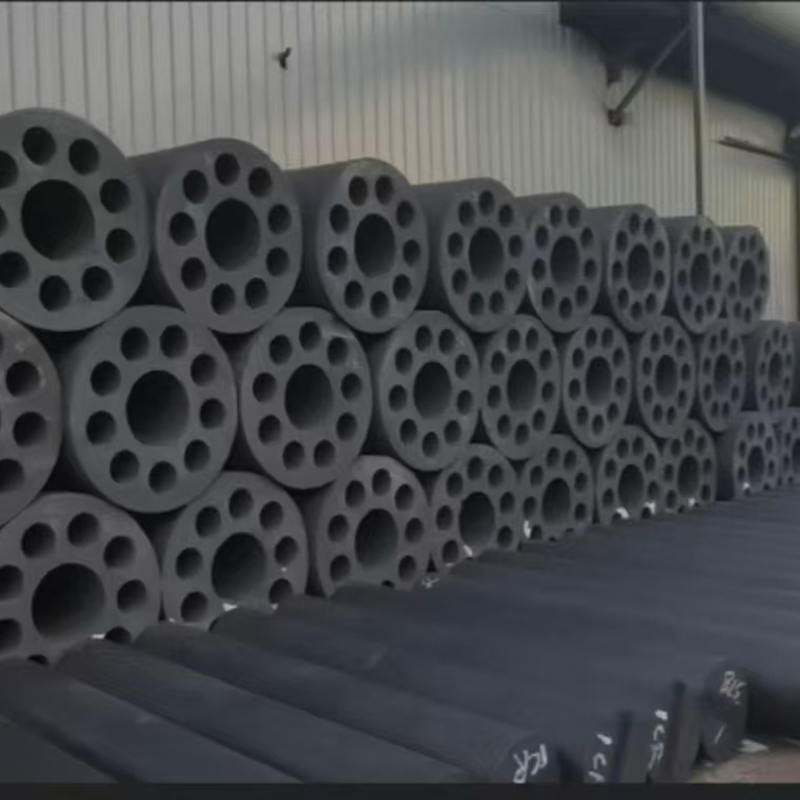- Chinese
- French
- German
- Portuguese
- Spanish
- Russian
- Japanese
- Korean
- Arabic
- Irish
- Greek
- Turkish
- Italian
- Danish
- Romanian
- Indonesian
- Czech
- Afrikaans
- Swedish
- Polish
- Basque
- Catalan
- Esperanto
- Hindi
- Lao
- Albanian
- Amharic
- Armenian
- Azerbaijani
- Belarusian
- Bengali
- Bosnian
- Bulgarian
- Cebuano
- Chichewa
- Corsican
- Croatian
- Dutch
- Estonian
- Filipino
- Finnish
- Frisian
- Galician
- Georgian
- Gujarati
- Haitian
- Hausa
- Hawaiian
- Hebrew
- Hmong
- Hungarian
- Icelandic
- Igbo
- Javanese
- Kannada
- Kazakh
- Khmer
- Kurdish
- Kyrgyz
- Latin
- Latvian
- Lithuanian
- Luxembou..
- Macedonian
- Malagasy
- Malay
- Malayalam
- Maltese
- Maori
- Marathi
- Mongolian
- Burmese
- Nepali
- Norwegian
- Pashto
- Persian
- Punjabi
- Serbian
- Sesotho
- Sinhala
- Slovak
- Slovenian
- Somali
- Samoan
- Scots Gaelic
- Shona
- Sindhi
- Sundanese
- Swahili
- Tajik
- Tamil
- Telugu
- Thai
- Ukrainian
- Urdu
- Uzbek
- Vietnamese
- Welsh
- Xhosa
- Yiddish
- Yoruba
- Zulu
- Kinyarwanda
- Tatar
- Oriya
- Turkmen
- Uyghur

Graphite Disc Electrodes: A Deep Dive
2025-05-15
Graphite Disc Electrodes: A Comprehensive GuideThis guide provides a detailed overview of graphite disc electrodes, covering their properties, applications, and selection considerations. We’ll explore various types, manufacturing processes, and best practices for their use. Learn how to choose the right electrode for your specific needs and maximize its performance.
Graphite Disc Electrodes: A Deep Dive
Graphite disc electrodes are crucial components in a wide range of electrochemical applications. Their unique properties, such as high electrical conductivity, chemical inertness, and good thermal stability, make them ideal for various processes, including electroplating, electrochemical machining, and voltammetry. Understanding the characteristics of different graphite disc electrodes is vital for selecting the appropriate electrode for a specific application.
Types of Graphite Disc Electrodes
High-Purity Graphite Disc Electrodes
High-purity graphite disc electrodes are manufactured using highly purified graphite materials, resulting in minimal impurities and enhanced electrochemical performance. This type is ideal for applications requiring high sensitivity and precision. They offer excellent conductivity and resistance to chemical attack. The purity level directly impacts the performance and lifespan of the electrode.
Impregnated Graphite Disc Electrodes
Impregnated graphite disc electrodes are treated with resins or other materials to improve their porosity and resistance to chemical attack. This process enhances the electrode’s lifespan and resistance to corrosion, particularly in aggressive environments. The impregnation material is chosen based on the specific application and the chemicals involved.
Other Specialized Graphite Disc Electrodes
Beyond high-purity and impregnated types, specialized graphite disc electrodes are available for specific applications. For example, electrodes with specific surface treatments or modified geometries can be designed to optimize performance for certain electrochemical processes. Consider contacting a supplier like Hebei Yaofa Carbon Co., Ltd. to discuss your unique requirements.
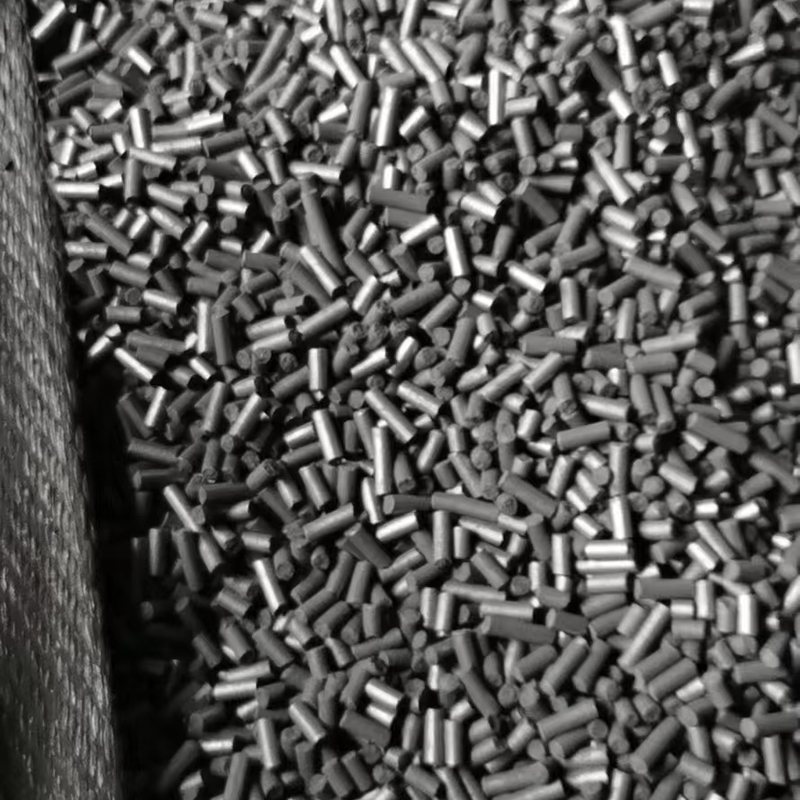
Factors Affecting Graphite Disc Electrode Performance
Porosity
The porosity of a graphite disc electrode significantly influences its electrochemical performance. Higher porosity can lead to increased surface area, enhancing electrochemical reactions. However, excessive porosity can reduce mechanical strength and increase susceptibility to corrosion.
Surface Area
A larger surface area generally leads to improved electrochemical performance. This is because a larger surface area allows for more efficient electron transfer during electrochemical reactions. The surface area is often manipulated through manufacturing processes.
Impurities
Impurities in the graphite material can significantly affect the electrode’s performance. Impurities can interfere with electrochemical reactions, leading to reduced efficiency and accuracy. High-purity graphite is preferred for critical applications.
Applications of Graphite Disc Electrodes
Graphite disc electrodes find wide application in diverse fields:
- Electroplating
- Electrochemical machining
- Voltammetry
- Electroanalysis
- Corrosion studies
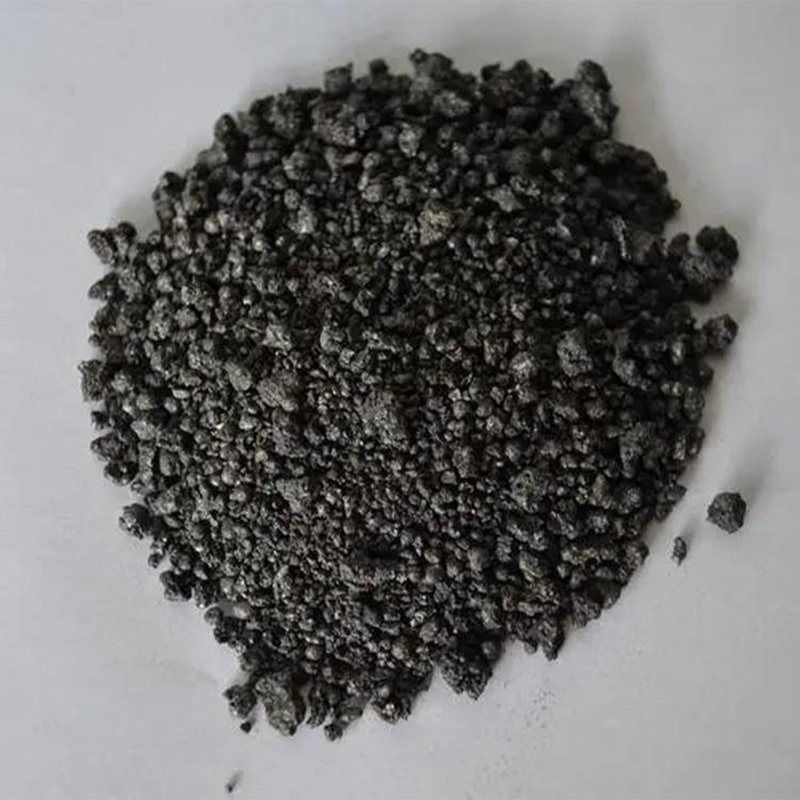
Choosing the Right Graphite Disc Electrode
Selecting the appropriate graphite disc electrode requires careful consideration of several factors, including the application’s specific requirements, the chemical environment, and the desired performance characteristics. Consult the specifications provided by the manufacturer, such as Hebei Yaofa Carbon Co., Ltd., to ensure compatibility and optimal results.
Table: Comparison of Graphite Disc Electrode Types
| Type | Purity | Porosity | Applications |
|---|---|---|---|
| High-Purity | High | Low | Voltammetry, electroanalysis |
| Impregnated | Variable | Low to Moderate | Electroplating, electrochemical machining |
This guide provides a foundational understanding of graphite disc electrodes. For further details and specific product information, please consult relevant literature and manufacturers. Remember to always prioritize safety when working with electrochemical equipment.






